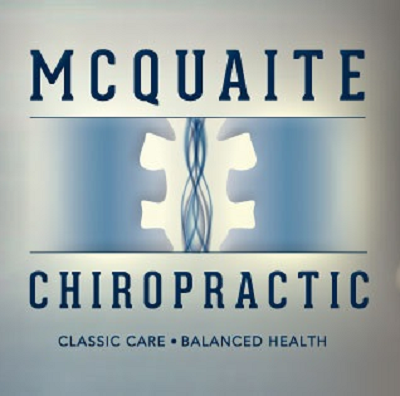 If you experience jaw pain on a frequent basis, you might be suffering from TMJ. TMJ is short for the temporomandibular joint (TMJ) which you may think of it as your upper and lower jaws.
If you experience jaw pain on a frequent basis, you might be suffering from TMJ. TMJ is short for the temporomandibular joint (TMJ) which you may think of it as your upper and lower jaws.
Yet medical professionals usually refer to discomfort here as a “disorder” or TMD for short.
The National Institute of Dental and Craniofacial Research (NIDCR) estimates that 10 million Americans have TMD. It’s a disorder of the temporomandibular joint, hence temporomandibular disorder. If you suffer from TMD and want to find a way to manage the pain, visiting a Dentist Sewell (if you live in and around this area of New Jersey) could help you find ways in dealing with this a lot better than before. It is best to seek professional advice, just to be on the safe side.
According to WebMD:
“The temporomandibular joint is one of the most complex joints in your body. It’s a sliding hinge that lets your jaw move up and down, side to side, and back to front. In addition to the bones and muscles, there’s also a small piece of cartilage (firm tissue) that acts like a shock absorber and protects your bones from wear and tear.”
Clearly, it plays an important role and there are multiple ways it can “go awry.” No wonder so many people experience discomfort from time to time.
What Does TMJ/TMD Feel Like?
- Pain in your jaw, neck, or face
- Frequent earaches
- Teeth not lining up
- Numbness In Fingers and Arms
- A “clicking” of the jaws
These are some of the common symptoms.
What Causes TMJ/TMD?
There are many reasons why you may experience TMJ/TMD including teeth grinding in your sleep and stress. Other factors include past jaw injury and certain types of arthritis. Regardless of the causes, it is still important for you to visit someone similar to this Dentist in Vista if you find that you have teeth-grinding so they may be able to help you correct this.
So you might be wondering, “How can chiropractic care help relieve TMJ/TMD symptoms?”
Chiropractic care is a “holistic” modality – meaning it looks at your entire body and seeks to heal the source rather than simply putting a “band aid” on a symptom.
Here’s how it works in relation to TMJ/TMD.
First, your practitioner will assess your symptoms and medical history. Here at McQuaite Chiropractic, we often use an x-ray to see what’s below the surface for a complete picture.
Next, you’ll receive an “adjustment.” If you’re familiar with chiropractic care, you know that’s a series of spinal manipulations that realigns your bones and tissues. This adjustment serves two purposes: 1) To “put back into place” bones/nerves that can creep into neighboring territory — due to poor posture or injury.
2) Improve communication between your brain and nerves so your jaw functions as it should. It also boosts your immune system so you stay healthier.
TMJ (the joint) is one of the most complex joints in the body. Controlled by your central nervous system, both sides of your jaw need to work in unison to chew food or make various facial expressions.
Your chiropractic treatment for TMJ/TMD will focus on realigning your neck and shoulders to reduce pressure on certain tissues and help your jaw to stay in working order. TMJ/TMD affects everyone differently — some people have trouble chewing, while others have severe teeth grinding.
If you’re experiencing discomfort in any way, you’ll want to see a medical professional so you can feel better again.
If you’re in the Doylestown area, you can make an appointment with us for a free consultation.


